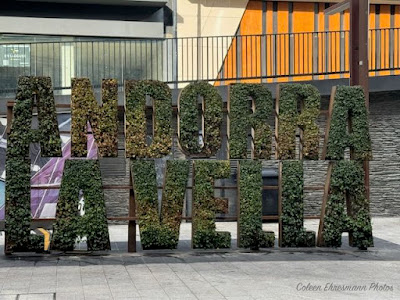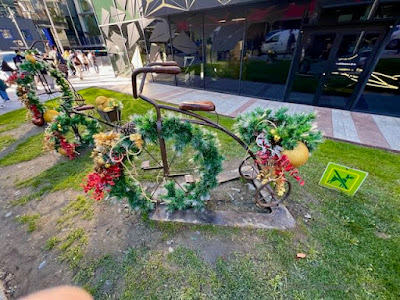We headed to the desert on Friday for a bit of geocaching. Other than attending some events, we had not geocached in AZ since arriving the end of October.
We are retired educators enjoying the next phase in our lives. Traveling, geocaching and time with family and friends are how we spend our retirement days. We are enjoying the adventures of life after our working years.
Sunday, December 22, 2024
Some Time in the Desert
Saturday, December 21, 2024
Time with the Grandkids
We were back in South Dakota for 9 busy days catching all the grandkid activities for December.
Tuesday, December 3, 2024
Some This and That Around Barcelona
I planned to post photos of doors we saw as we explored Barcelona, but decided to add some other interesting things we noticed.
Monday, December 2, 2024
Andorra in the Pyrenees
Our morning started when we met our tour bus at 7AM in Barcelona for a 'Three Countries in One Day Tour: Spain, France & Andorra." After many days of walking cobbled streets, a bus tour sounded like a good option. Besides, there were geocaches in Andorra and the possibility of another country in our geocaching souvenirs.















.jpeg)






























.jpeg)












